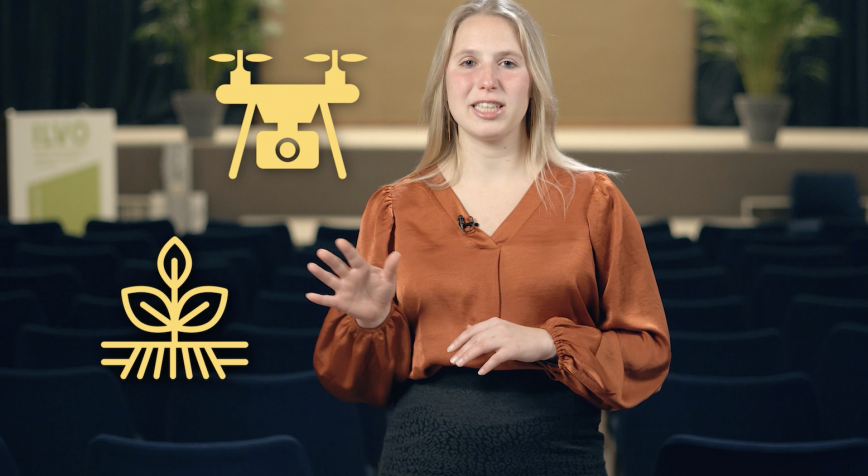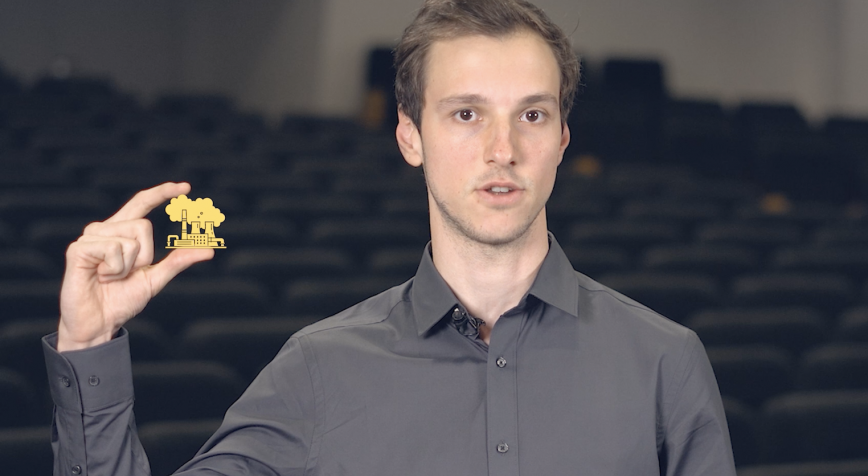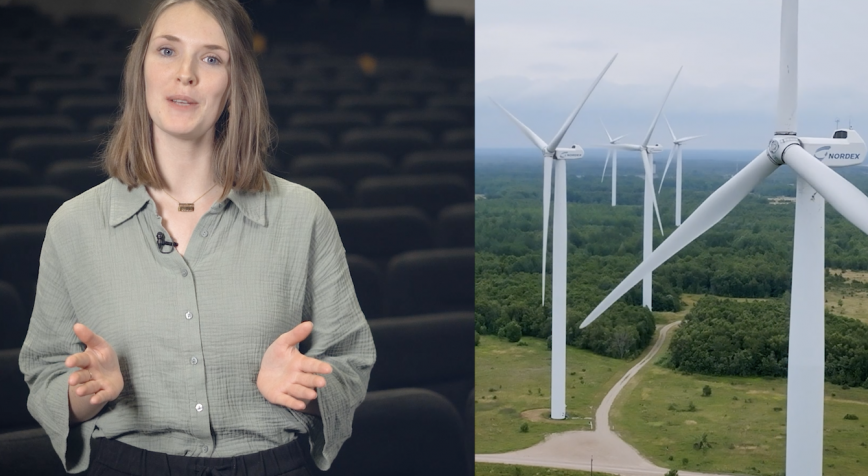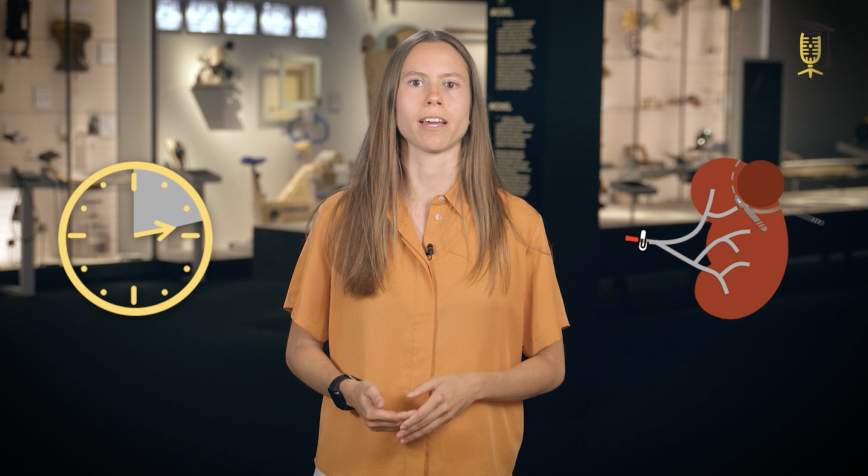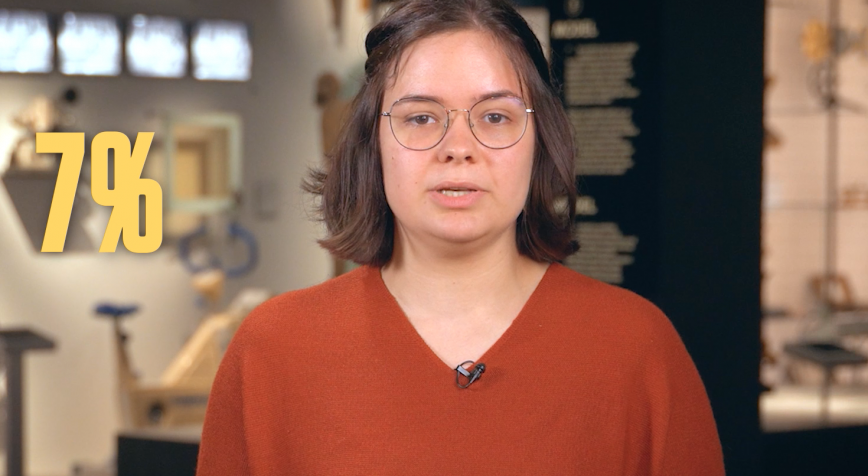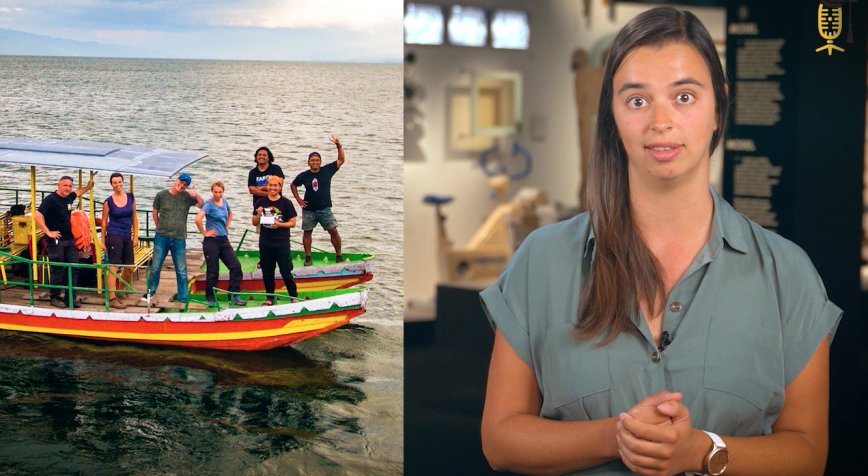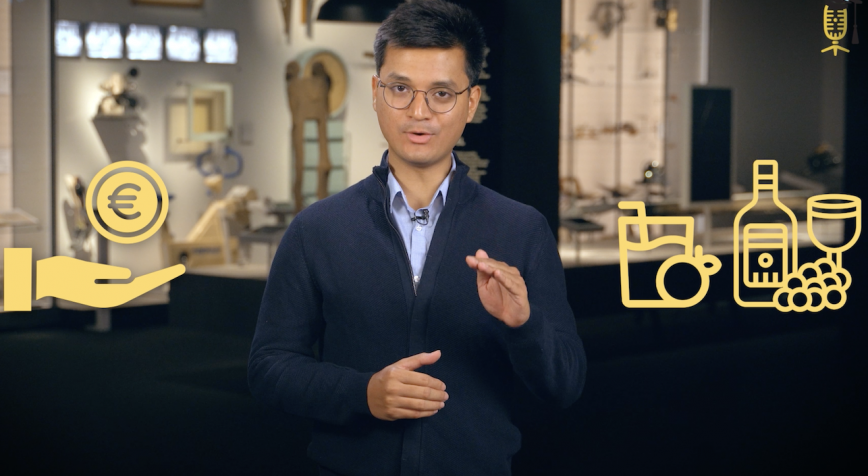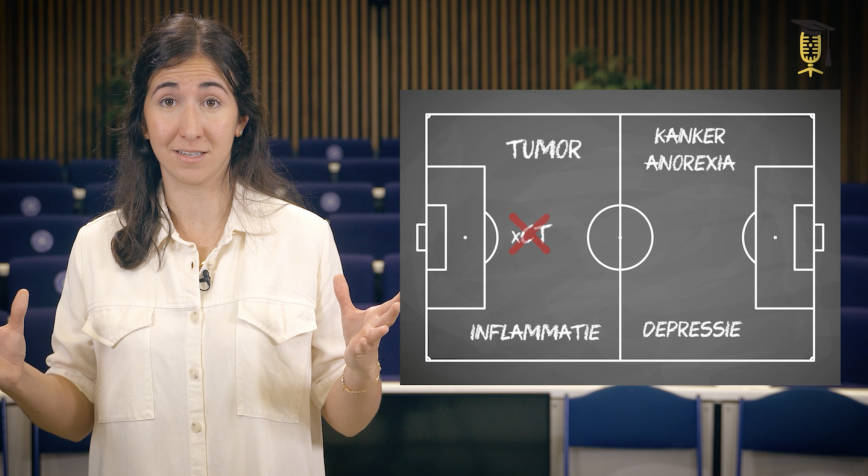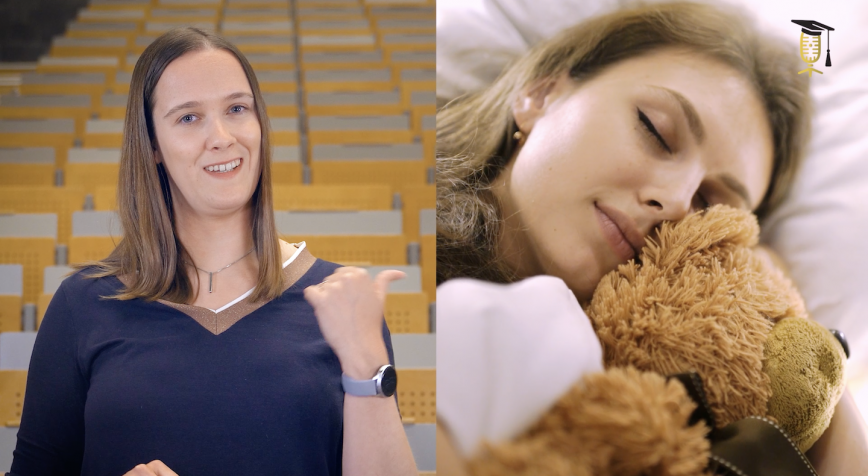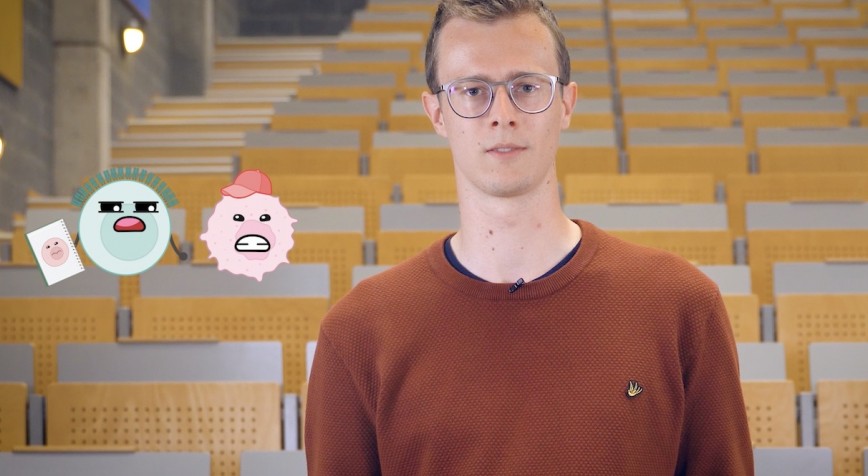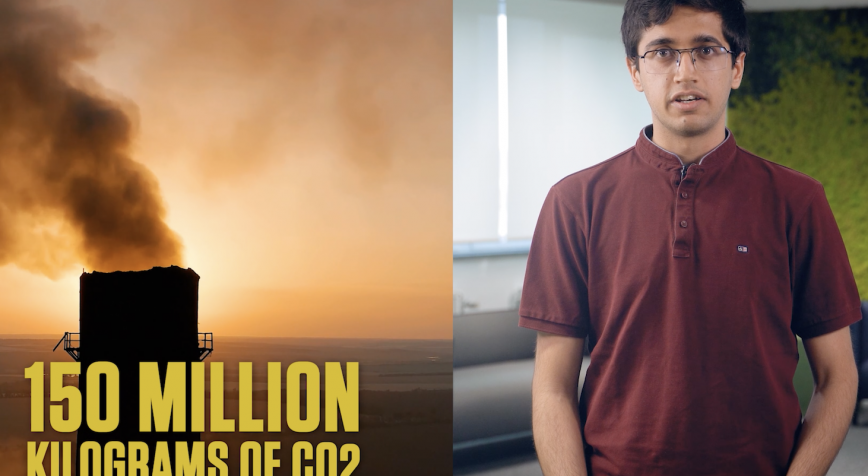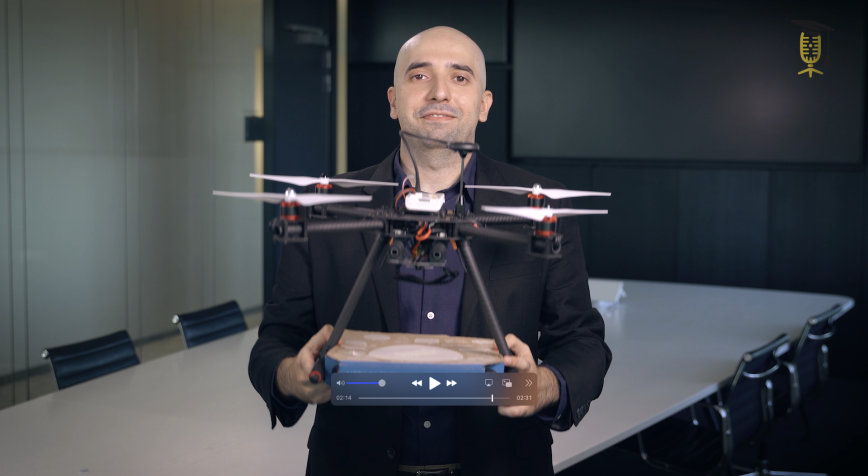
imec
VUB
How radars will help deliver your pizza!
The year is 2040. A drone just landed on your doorstep, delivering your favorite pizza, which you just ordered a few minutes ago. 🍕 😋 What a time to be alive right?! To make this scenario a reality, Adnan Albaba (Imec - VUB) is working on radar technology to make self-navigating drones.
